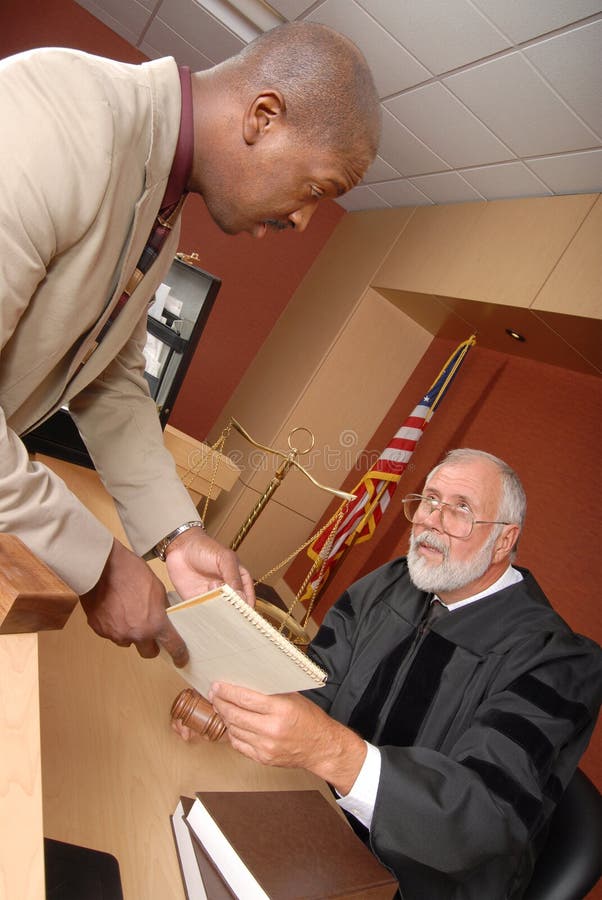From Concept to Courtroom: Actions to Develop Powerful and Persuading Trial Presentations
From Concept to Courtroom: Actions to Develop Powerful and Persuading Trial Presentations
Blog Article
How to Produce Engaging Trial Discussions That Sway Juries and Judges
Crafting engaging test presentations that captivate judges and courts is a nuanced art that calls for a critical approach. From the careful factor to consider of the target market's assumptions to the seamless integration of narration strategies, each element plays a vital function fit the end result of a legal instance - Trial Presentations. By utilizing innovative visual devices, incorporating interactive aspects, and devoting time to extensive practice and practice session, lawyers can dramatically improve the impact of their courtroom presentations. The ability to involve and convince with well-crafted discussions is a skill that can make all the difference in gaining a jury or court, ultimately tipping the ranges of justice in one's favor.
Understanding Your Target Market
To properly engage your audience during test presentations, it is vital to understand their preferences, assumptions, and degree of expertise in the subject. By tailoring your presentation to satisfy the certain requirements of the audience, you can boost their understanding and retention of the info offered.
Begin by investigating the demographics of the target market, such as age, education level, and line of work. This details can aid you gauge their familiarity with lawful procedures and readjust your discussion style appropriately. For example, a court may call for less complex language and even more visual aids contrasted to a team of attorneys.
Additionally, consider the psychological and psychological aspects of your target market. Are they considerate towards certain arguments or more inclined in the direction of facts and evidence? Recognizing these nuances can help you mount your presentation in such a way that resonates with the audience on a deeper degree.
Storytelling Methods
Understanding your target market's choices and expectations can dramatically influence the effectiveness of your test presentations, particularly when implementing narration strategies to astound and convince. Narration is an effective tool that can help attorneys get in touch with courts and courts on a more psychological level, making intricate legal debates more relatable and remarkable.

Incorporating dazzling information, personal narratives, and ornate gadgets can better improve the narration experience, keeping the target market spent and involved in the result of the case. By crafting an influential tale that resonates with the worths and emotions of the court and courts, lawyers can boost the opportunities of winning their debates and accomplishing favorable verdicts.
Visual Discussion Tools
Utilizing visual presentation tools can substantially enhance the effect and effectiveness of test presentations by giving a visually appealing means to convey intricate information to courts and juries. Visual aids such as charts, animations, diagrams, and charts can help simplify elaborate details, making them extra accessible and understandable to the target market. By integrating visual elements into trial presentations, legal representatives can develop a compelling story that resonates with jurors and leaves a lasting perception.

Integrating Interactive Components
Including interactive aspects into test discussions can enhance target market interaction and understanding, fostering a much more immersive and interactive court experience. By incorporating components such as interactive timelines, 3D computer animations, clickable exhibitions, and digital truth reconstructions, attorneys can mesmerize jurors and courts, making complicated details extra memorable and easily accessible.
Interactive timelines allow for a vibrant display of sequential events, aiding the audience grasp the series of key events in a situation. 3D computer animations can bring criminal activity scenes or crash reconstructions to life, offering an in-depth visual depiction that aids in making clear complex details. Clickable displays enable customers to communicate with evidence, papers, or photos, enabling a hands-on exploration of helpful hints crucial info.
Moreover, digital fact reconstructions can deliver the audience right into the heart of the action, offering an engaging point of view that traditional presentations may lack. These interactive components not only involve the audiences yet additionally encourage them to proactively take part in the test procedures, bring about a more impactful and persuasive court room discussion.
Practice and Rehearsal
To properly leverage the capacity of interactive components in test presentations, complete technique and wedding rehearsal are vital to make certain seamless combination and distribution in the court room setting. Technique and rehearsal help trial speakers come to be knowledgeable about the web content, timing, and circulation of their presentations, allowing them to with confidence navigate via different aspects such as videos, animations, or interactive graphics. By practicing their delivery, speakers can improve their speaking skills, body language, and overall discussion design to boost persuasion and reliability before the jury and court.
During practice, presenters can identify any type of technological issues that may emerge with interactive elements, guaranteeing that every little thing runs smoothly during the real trial. In addition, rehearsing in front of a mock target market or coworkers can offer useful comments on the efficiency of the interactive parts and the general discussion. This responses enables presenters to make needed adjustments and improvements before tipping into the court room, eventually raising the effect and success of their test presentations.
Conclusion
In verdict, creating interesting trial presentations that mesmerize judges and courts requires a deep understanding of the target market, effective narration strategies, aesthetic devices, interactive elements, and extensive method (Trial Presentations). By carrying out these strategies, lawyers can efficiently communicate their arguments and evidence in an engaging fashion that reverberates with the click for more info decision-makers in the courtroom
Using aesthetic presentation tools can considerably boost the effect and performance of trial discussions by giving an aesthetically engaging means to share intricate details to juries and judges. By integrating aesthetic aspects right into trial presentations, attorneys can create an engaging narrative that resonates with jurors and leaves an enduring perception.
One preferred aesthetic presentation device is the usage of multimedia presentations, which allow for the combination of videos, pictures, and audio recordings to supplement spoken arguments. Trial Presentations.To properly utilize the possibility of interactive elements in trial presentations, thorough technique and rehearsal are essential to make certain seamless assimilation and delivery in the court setup. Technique and wedding rehearsal assistance trial speakers become familiar with the content, timing, and circulation discover this of their presentations, enabling them to with confidence browse through various components such as video clips, animations, or interactive graphics
Report this page